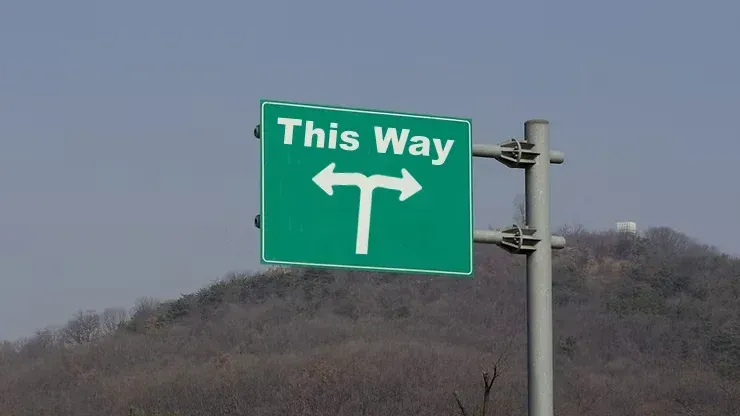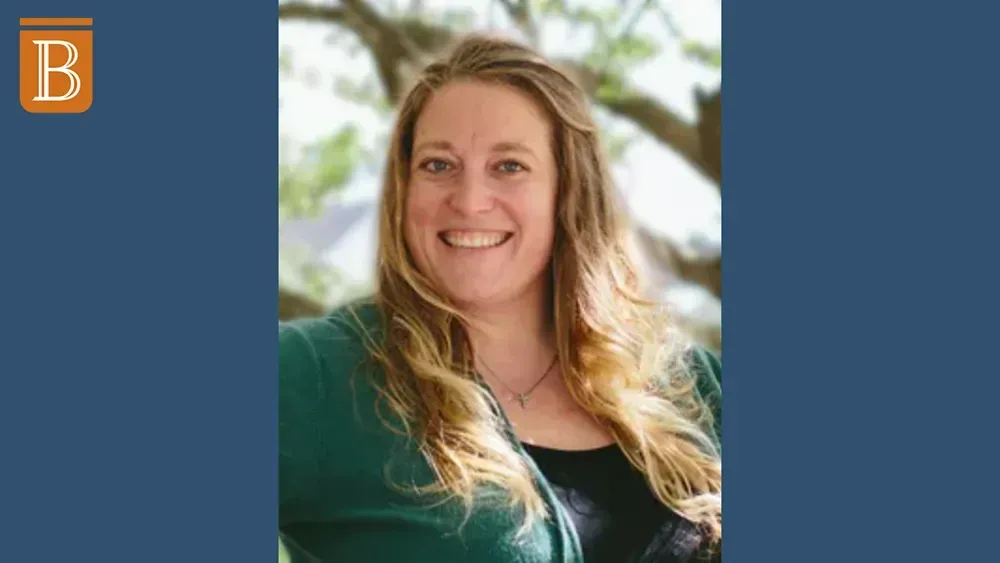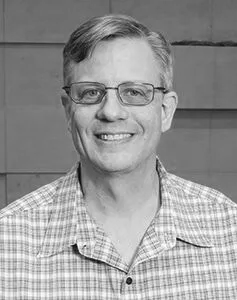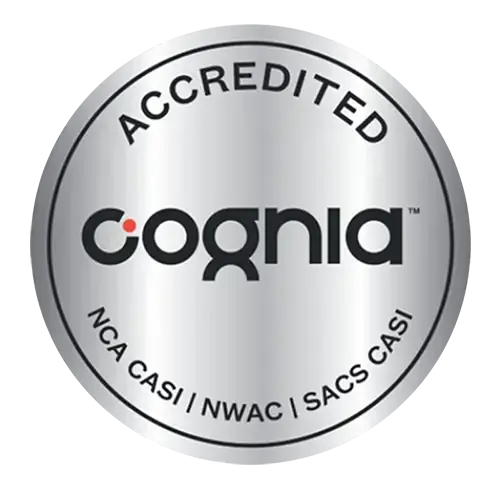Tony Beals is the VP of Admissions and Enrollment Solutions at Brightmont Academy. Tony has extensive experience as both a parent and an educator working with students from an array of backgrounds including those with anxiety, depression, ASD, ADHD, and ODD. He has been in the education industry for over 25 years and has been involved as a teacher, consultant, manager, and leader.
The Invisible Load of Teachers
The Invisible Load of Teachers
One afternoon, I asked a teacher friend, who teaches at a local public high school, how their day had gone.
She paused for a moment, as if mentally sorting through the last eight hours, then said: “Well… we started with a fire drill that ran late. Then I helped a student who came to school without breakfast. Then I tried to calm another who was having a panic attack before a test. I graded essays during lunch. I sat in on two parent meetings during my prep period. When the kids left, I stayed late to finish entering grades, respond to emails, and prep tomorrow’s lesson. Oh, and I still have a committee report due by Friday.”

That was just one day. And not an unusual one.
Nobody becomes a teacher hoping to spend their days buried in paperwork, logging endless data, or managing constant digital communications. They enter the profession to make a difference and to spark curiosity, offer encouragement, and shape lives. Too often, that original passion gets worn down by the weight of tasks that surround the core job of teaching.
𝐖𝐡𝐚𝐭 𝐭𝐡𝐞 𝐈𝐧𝐯𝐢𝐬𝐢𝐛𝐥𝐞 𝐋𝐨𝐚𝐝 𝐋𝐨𝐨𝐤𝐬 𝐋𝐢𝐤𝐞: Its literally a Mosaic. Teachers aren’t just educators. They are counselors, planners, coaches, substitute teachers, committee members, and often tech support. And yet, their true impact on students (including moments of inspiration and life-long confidence) doesn’t show up in standardized metrics. Sometimes it’s only seen years later, when a former student realizes your belief in them changed their trajectory. This is true whether a teacher teaches in a public school or a private school.

𝐓𝐡𝐞 𝐍𝐮𝐦𝐛𝐞𝐫𝐬 𝐁𝐞𝐡𝐢𝐧𝐝 𝐭𝐡𝐞 𝐋𝐨𝐚𝐝: On average, teachers work 49 hours per week which equates to about 10 hours more than their contracted hours highlighting how much unpaid, hidden labor they carry.
Survey results show 44% of K–12 teachers are burned out “often” or “always,” the highest rate among all professions. That’s significantly above the burnout level of comparable working adults. About 62% of teachers report frequent job-related stress, compared to just 33% of similar professionals, and 53% say they feel burned out which is a slight improvement from prior years, but still far too high.
𝐓𝐡𝐞 𝐂𝐨𝐬𝐭 𝐨𝐟 𝐂𝐚𝐫𝐫𝐲𝐢𝐧𝐠 𝐈𝐭 𝐀𝐥𝐥: That invisible load doesn’t just sap energy, it chips away at the idealistic goals that once brought so much meaning to teachers’ lives (including myself). Creativity gradually fades and burnout increasingly grows. Unfortunately, some leave the profession entirely… draining schools of experienced educators and students of transformational mentors.

𝐀 𝐃𝐢𝐟𝐟𝐞𝐫𝐞𝐧𝐭 𝐖𝐚𝐲 𝐭𝐨 𝐕𝐚𝐥𝐮𝐞 𝐓𝐞𝐚𝐜𝐡𝐞𝐫𝐬
Measure the spark of curiosity, not just test scores
- Use student surveys to capture excitement for learning, not just subject mastery.
- Track project-based or passion-driven work where students explore topics they choose.
- Recognize teachers who successfully connect learning to real-world interests.
Value confidence built in hidden ways, not just performance data
- Document growth in soft skills (presentations, collaboration, resilience) through portfolios or reflection journals.
- Gather feedback from students and parents on how a teacher’s encouragement influenced them outside academics.
- Give professional credit for mentoring, emotional support, and inclusivity.
Recognize that a teacher’s real legacy might show up years after their lesson ends
- Create alumni feedback programs—invite former students to share how their teachers shaped their lives.
- Build awards or honors that celebrate impact over time, not just yearly metrics.
- Share those stories publicly so the community sees a teacher’s influence in action. Teachers shouldn’t be forced to choose between surviving the system and inspiring the next generation. It’s time we made it possible for them to do both.
Who was a teacher that inspired you? Even if it was years later. Share their name and what they did in the comments. Let’s bring visibility to the invisible work that matters most.

Thanks for reading 𝗧𝗮𝗯𝗹𝗲 𝗧𝗮𝗹𝗸𝘀 𝘄𝗶𝘁𝗵 𝗧𝗼𝗻𝘆. This article reflects my original writing and lived experience. Feel free to share the link or repost, but please don’t republish or copy the content without permission. © 2025 Tony Beals. All rights reserved.
Written by Tony Beals, VP at Brightmont Academy and author of the “Table Topics with Tony” newsletter and the upcoming book, The Education Paradox.© 2025 Tony Beals.
More Blog Posts + News













